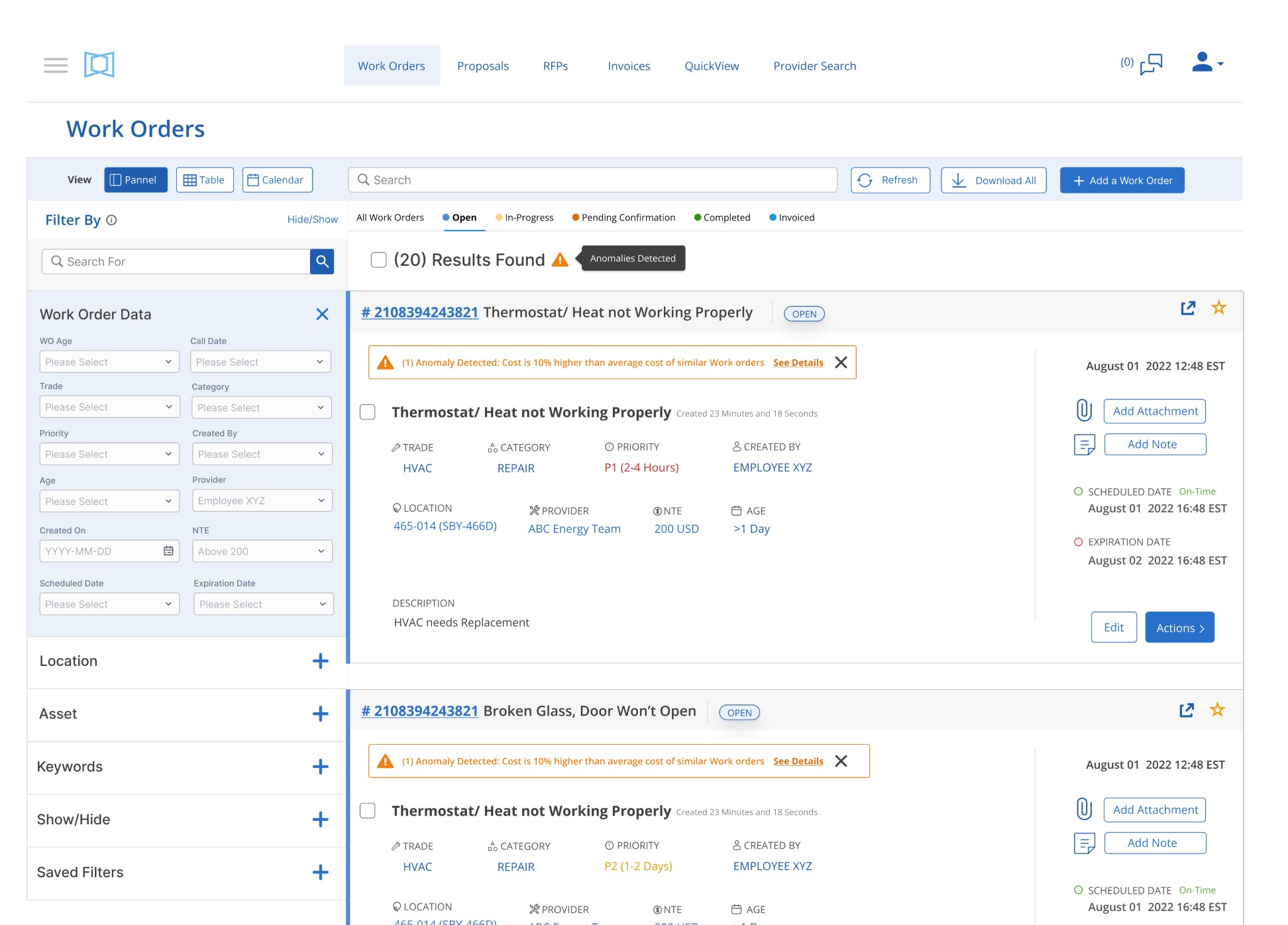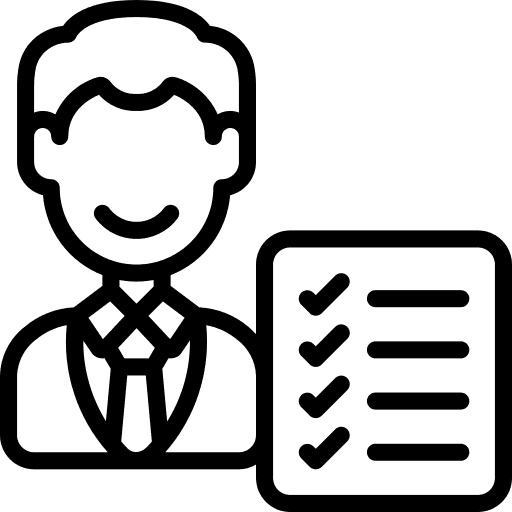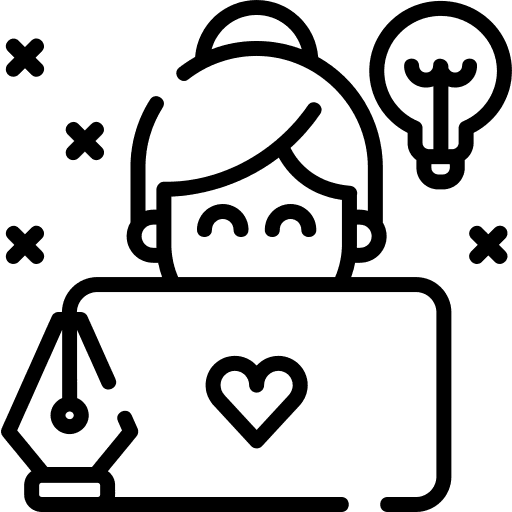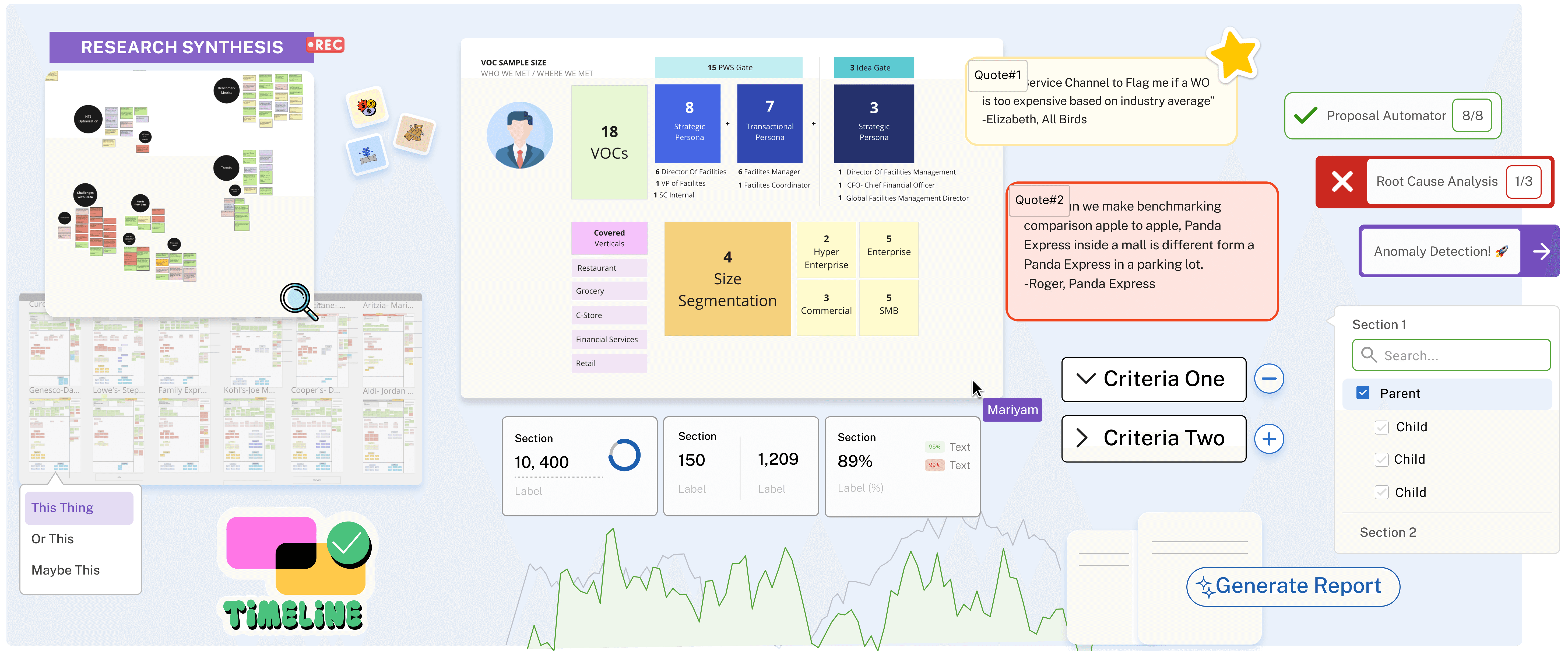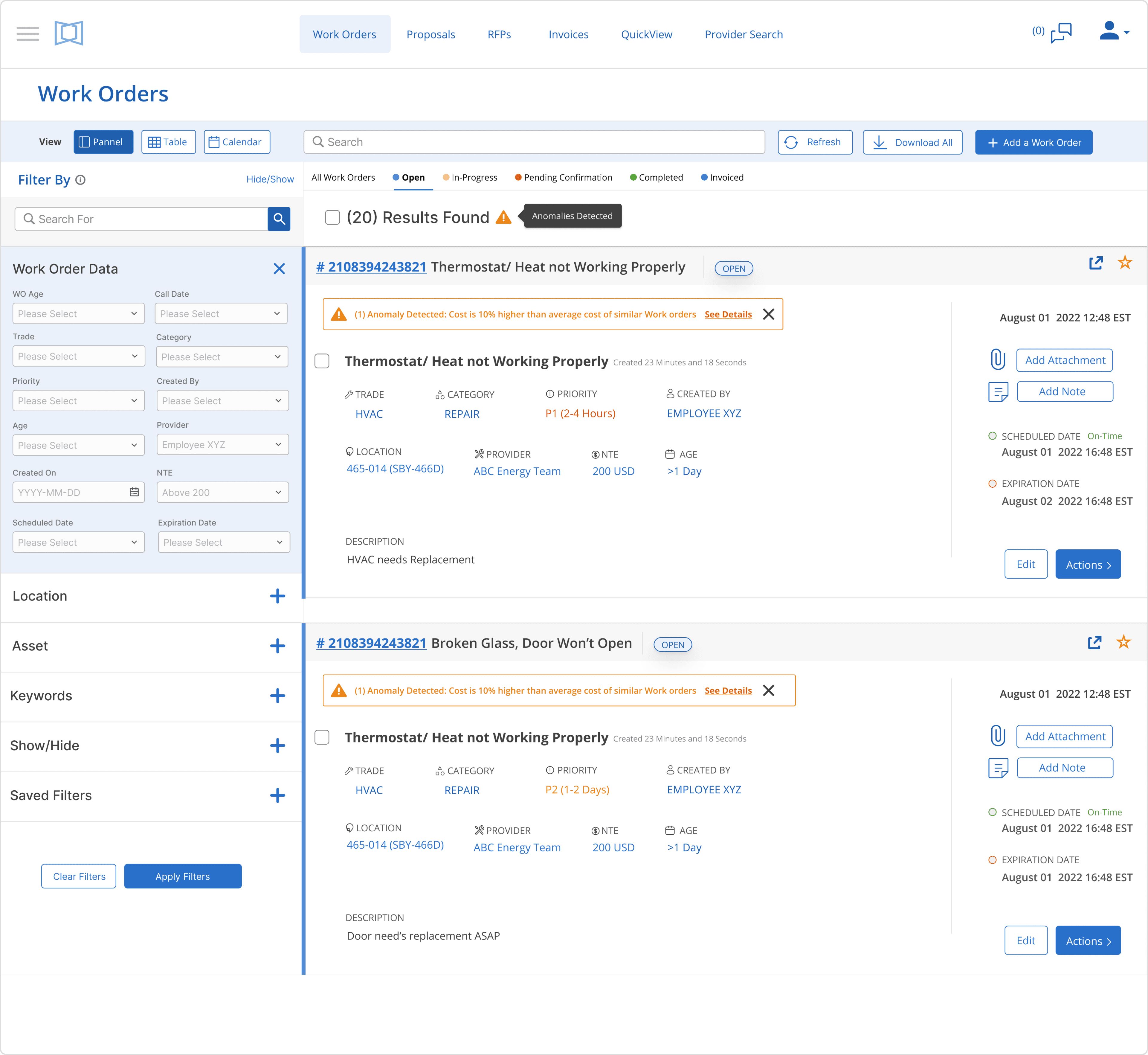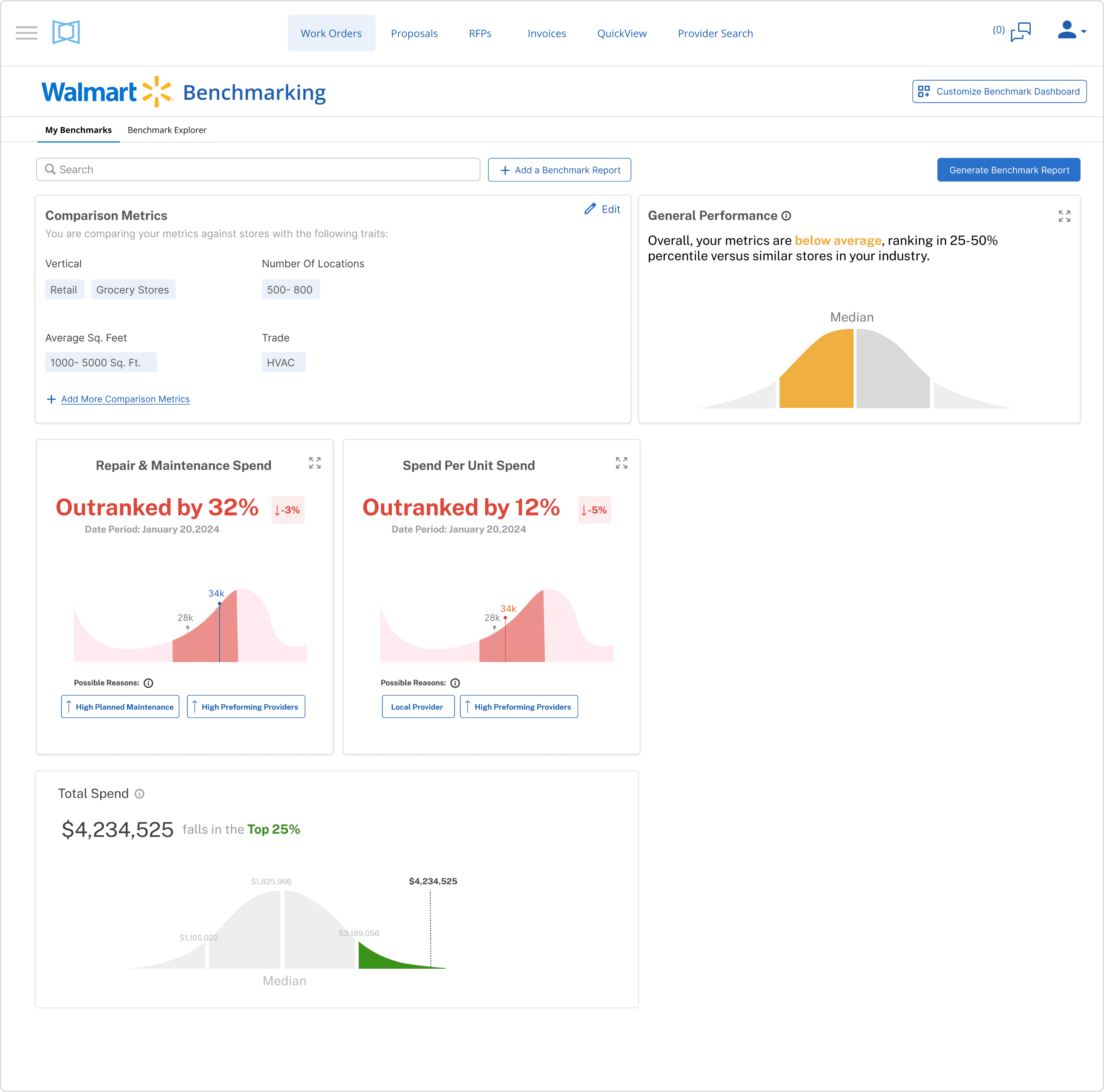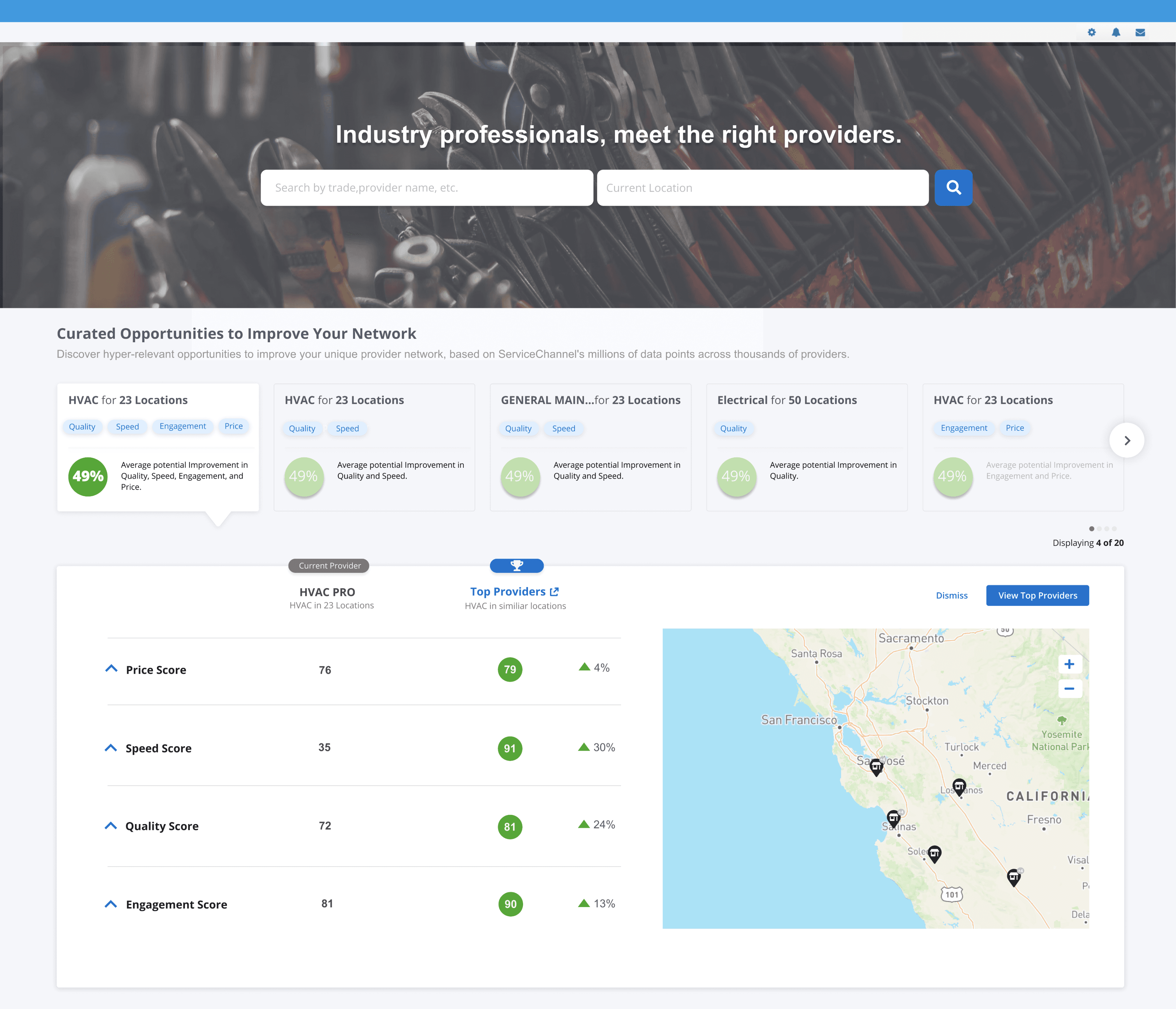Using AI to detect Anomalies
within Work orders
A tool to empower facility manager to unlock AI-Driven Insights for Facility Management
0-1
Web Design
Growth Design
AI/ML
Role: Lead Growth Designer
Duration: 12 Months
Company: Service Channel
Overview
The Work Order Anomaly Detection project aimed to streamline how facility managers identify and address anomalies in work orders. Leveraging AI to automate the process, I focused on simplifying workflows and reducing manual effort. Through user research across industries and close collaboration with engineers and data scientists, we designed an intuitive alert system with clear visualizations and filtering options. This solution aimed to improve anomaly detection, increased productivity, and better supported users in achieving their goals.
Problem
ServiceChannel faced challenges in adapting to the growing demands of the facility management sector, particularly in providing real-time, data-driven insights to its users. The lack of clarity around user personas, workflows, and jobs to be done resulted in a product portfolio that wasn’t fully optimized for revenue growth. Additionally, there was a pressing need to identify untapped market opportunities that could provide both customer value and monetization potential.
Solution
Through experimentation and research, I developed the AI-powered "Work Order Anomaly Detection" feature to alert facility managers to potential issues in work orders. Using a blend of UX Processes and product strategy to approach the problem space, I ensured my approach was a data-driven solution that met the needs of both our user groups, aligning with user workflows and market demands.
Results
Through early experimentation and close collaboration with data scientists, I identified a critical data ingestion issue, and a lack of standardization that would have hindered the success of the AI-driven anomaly detection system. By addressing the problem early, we proved that the solution, as initially conceived, would not be feasible due to poor data quality. This early pivot because of this finding saved the company $480,729 in potential development costs.
My Team
Hustler
Product Manager
Hacker
Data Scientist
Designer
Product Designer
How was the Problem Space identified?
Growth Accelerator Charter
Innovation Process
The Innovation Process
MEKKO Chart Used in Market Discovery & Segmentation
During market discovery, our Data Scientist’s MEKKO chart revealed that our facility management solution should focus on Hyper-enterprise and Enterprise segments due to their higher R&M spending, cost-saving potential, and demand for data-driven insights. Leveraging this data, I took the lead in designing a targeted user research plan tailored specifically to these segments.
Narrowing in the problem space
VOC/Research Mood Board
Assumptions Mapping is a team exercise where desirability, viability, and feasibility hypotheses are made explicit and prioritized in terms of importance and evidence
Assumption Mapping
I led an 'Assumption Mapping' workshop to identify and prioritize risky hypotheses to focus on experiments that matter. This process highlighted key solutions prioritizing:
Proposal Recommender
Spend Benchmarking
Work Order Anomaly Detection
Provider Network Evaluation
These metrics were used to assess the success of the experiments once they were tested with customers, helping us determine which experiments to pursue and which to archive for future consideration
Exploring Three Experiments to Uncover
Effective Upsell Strategies
Before & After Slider
Before: The process was entirely manual, requiring users to closely monitor their work orders, create filters, and use different Excel sheets to detect anomalies. Additionally, the interaction relied on outdated, legacy systems, further complicating the user experience
After: Landing on the page, users are immediately presented with anomalies detected by the system's AI, eliminating the need for Facility Managers to manually monitor them. Additionally, the interface has been redesigned using the new design system, providing a more intuitive and streamlined user experience.
Impact?
Saving $480,729 in development costs, by prioritizing product feasibility study & cleaning data
Strategic Decision-Making : Recognized early challenges with data quality, leading to a strategic pivot that saved $480,729 in development costs, ensuring resources were focused on the most viable opportunities.
